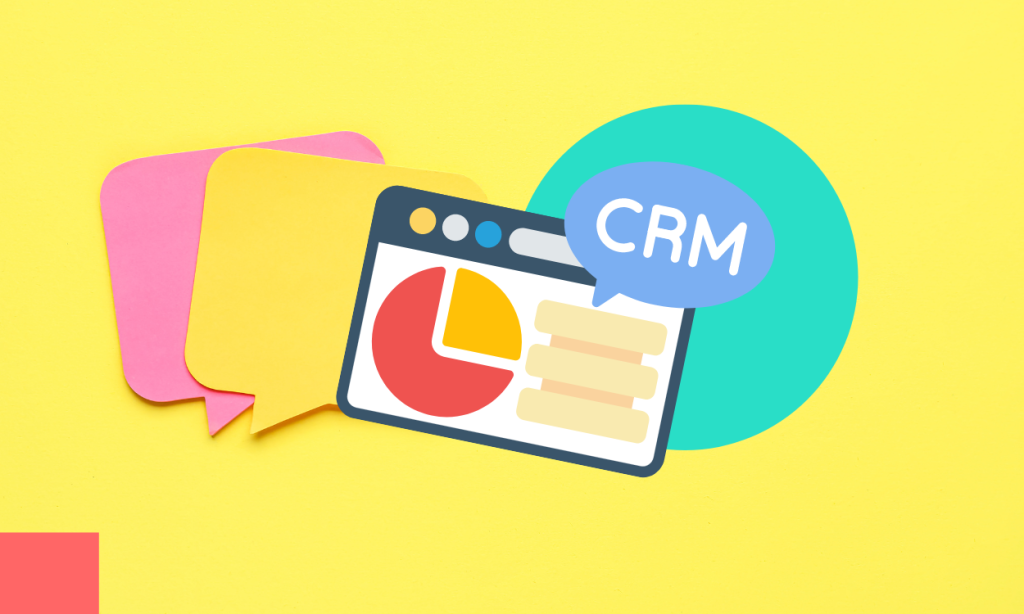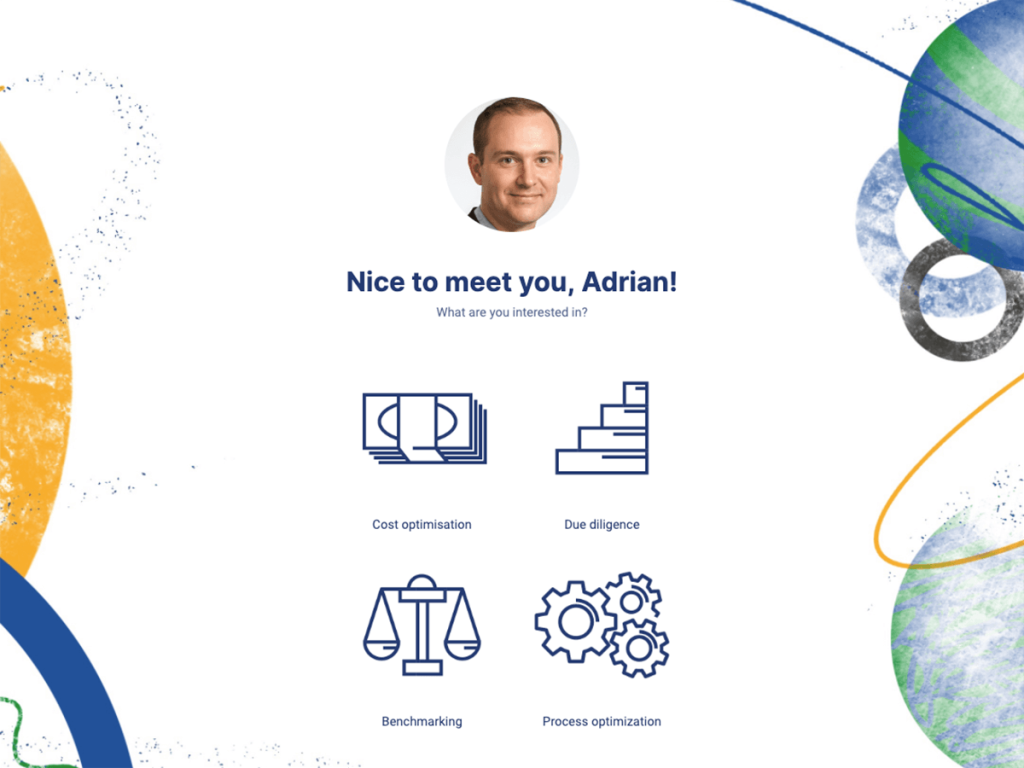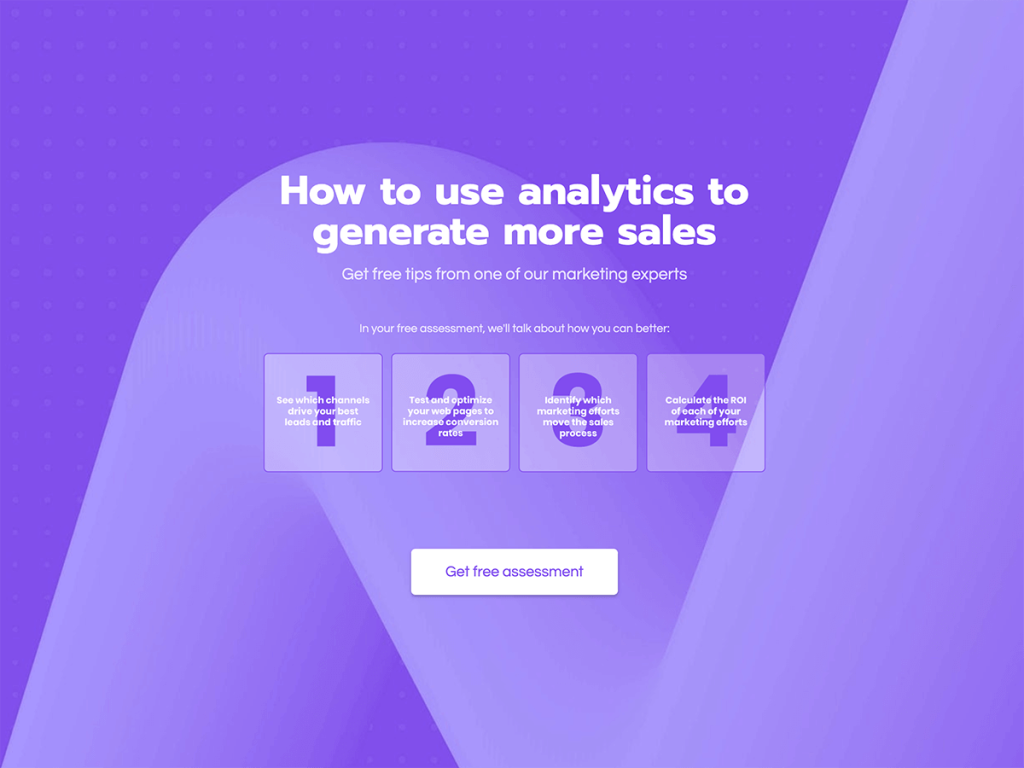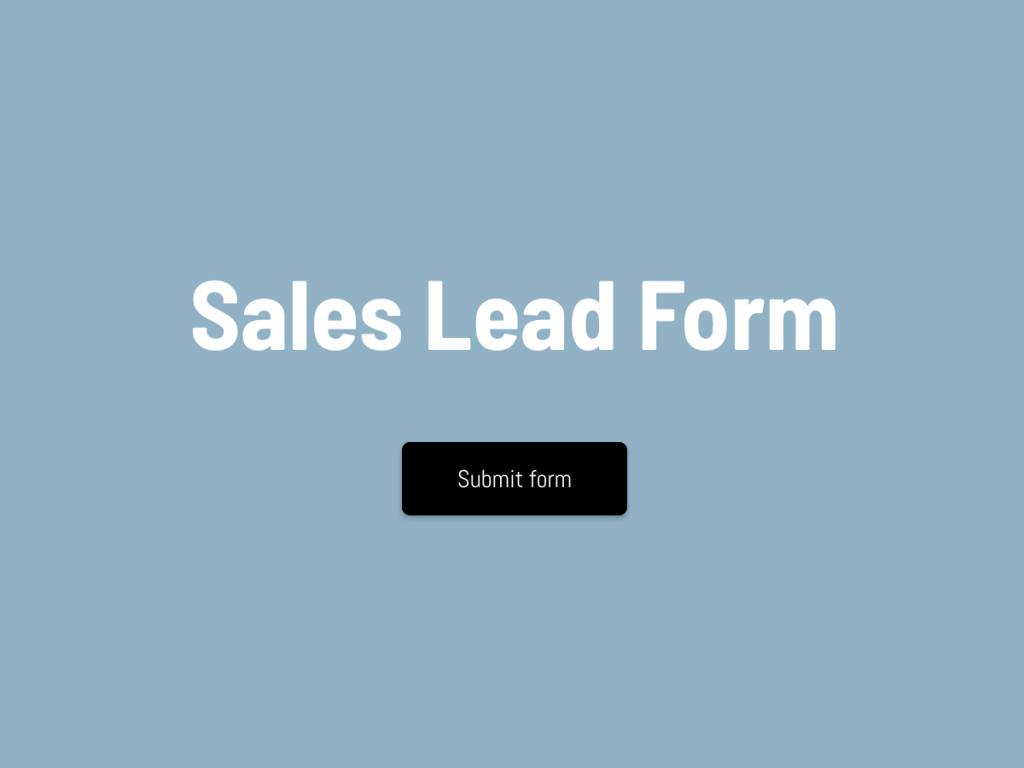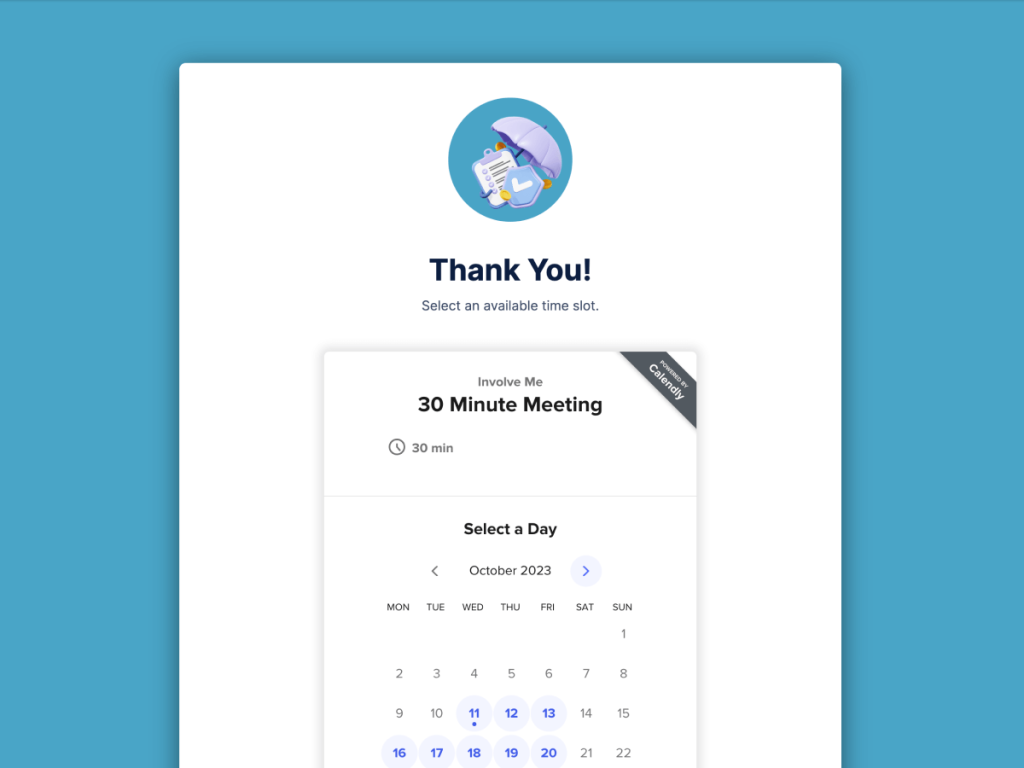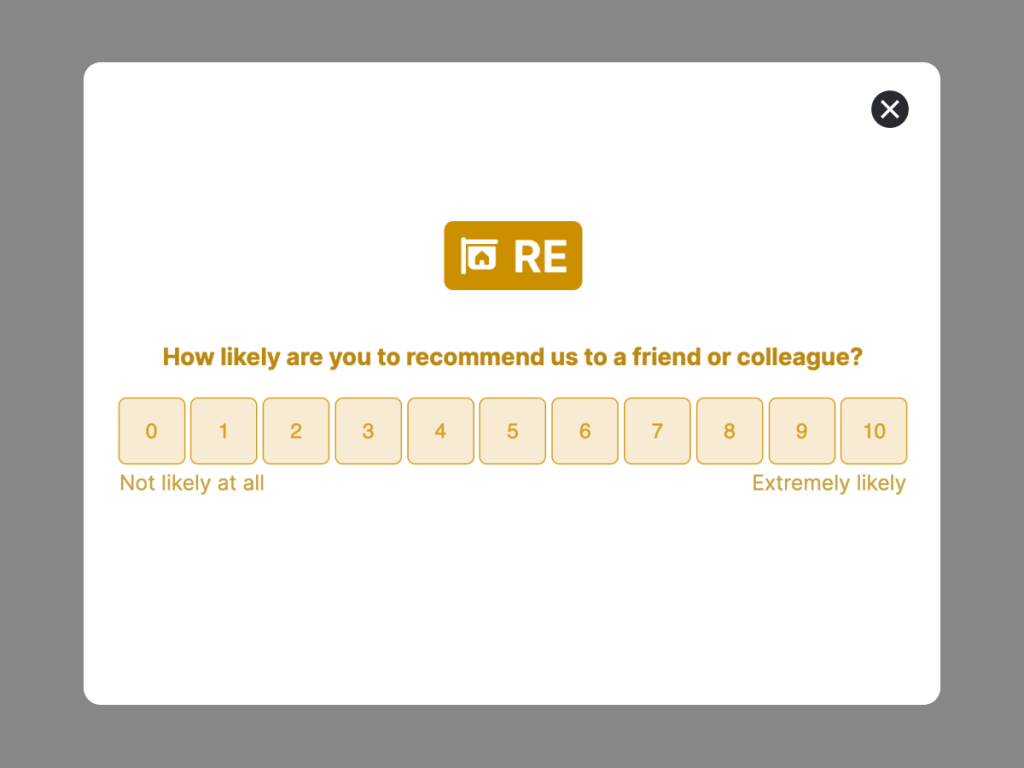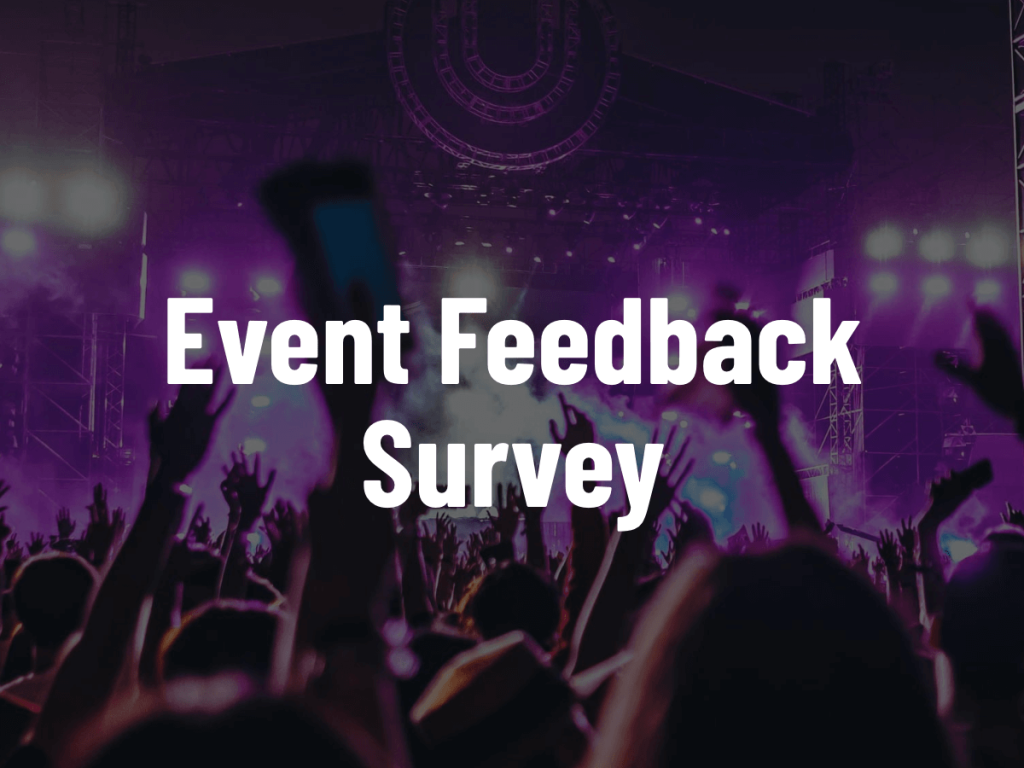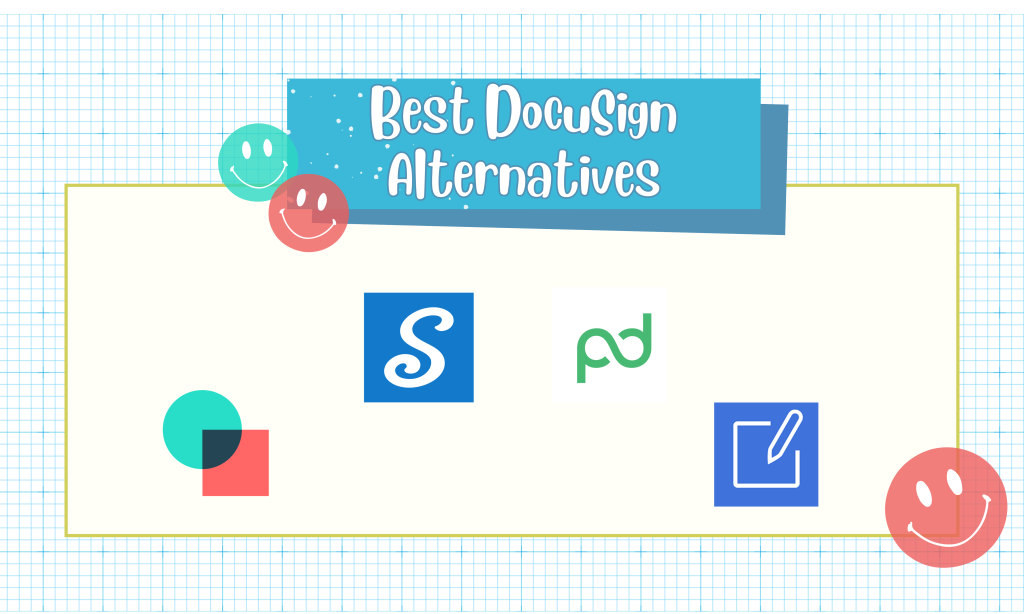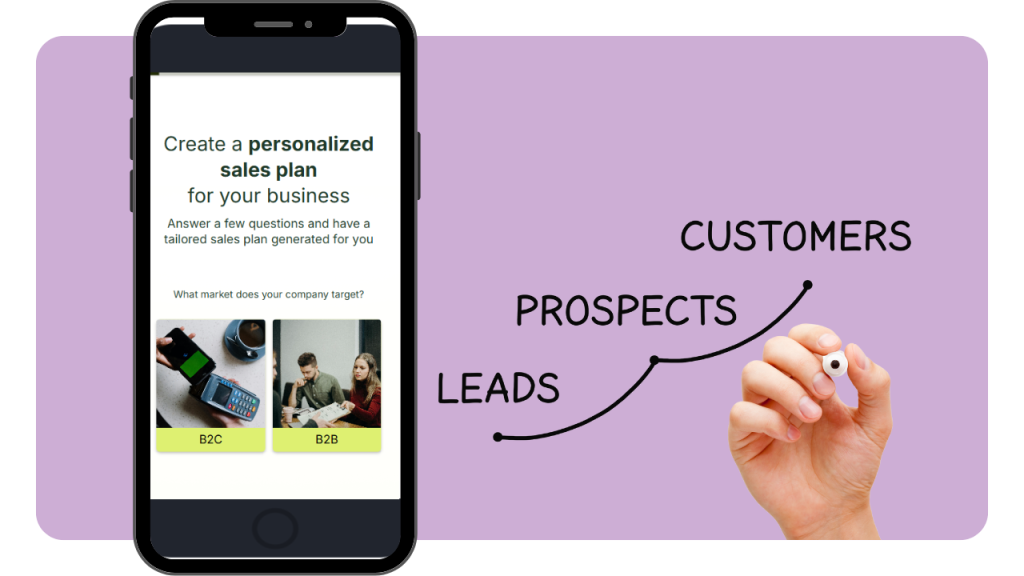As the era of competitive commerce continues, businesses are increasingly adopting CRM software to improve their sales quotas.
In fact, according to experts at Buyer Zone, a whopping 91% of companies with more than 11 employees have invested in CRM software in 2023.
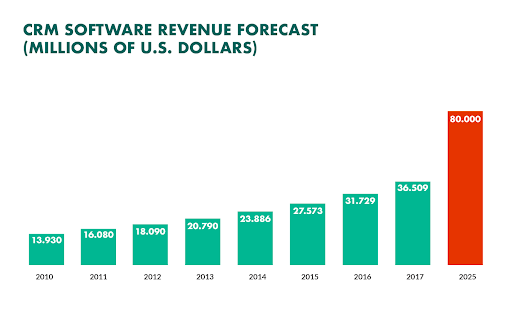
With a predicted revenue forecast of over $80 million by 2025, it’s clear that the CRM industry is adapting well to the modern-day business scene. With new opportunities for companies to tap into their system via a mobile device, as well as automate their practices using artificial intelligence (AI) and sentient analysis, customer relationship management has never been easier for online businesses.
With this in mind, let’s have a closer look at some of the CRM trends we can expect to see in 2025 and how to optimize your strategy accordingly.
Should You Optimise Your CRM For AI In 2025?
You should be constantly updating your CRM software yearly. However, some businesses may need to think about revamping their strategy in order to stay on top of consumer trends.
As artificial intelligence becomes the next biggest CRM trend on the market, many businesses can’t afford to ignore it. As online demographics grow and competition erupts, automated customer relationship management is essential.
Here are some signs that you may need to update your CRM in 2025 for the best results:
Negative employee feedback: It’s important to listen to your employees, especially as they often have the most insight into your customer journey and its challenges. If you get frequent complaints from your sales team about the complexity or functionality of your CRM system, it could be time to update for a more seamless experience.
Outdated user interfaces: If you haven't updated your CRM in a while, your user interface may be outdated and difficult to navigate. In order to ensure that your CRM runs efficiently, you should ensure that it is fast-loading, well-structured and easy to learn.
Your business has grown: While this may be good news, more customers means more powerful solutions. If you're working with limited CRM functionality, it could be time to expand your system.
Now, let's explore simple steps to enhance your current CRM strategy and maximize the benefits of AI:
Step 1: Embrace Automation
This one may seem obvious, but embracing automation and generative AI is key to optimizing your CRM efficiency.
Automating repetitive processes such as data input and email follow-ups will help your team dedicate their time to the most important tasks.
However, don’t just take our word for it. A whopping 91% of marketers believe that CRM automation is the ticket to increased sales success.
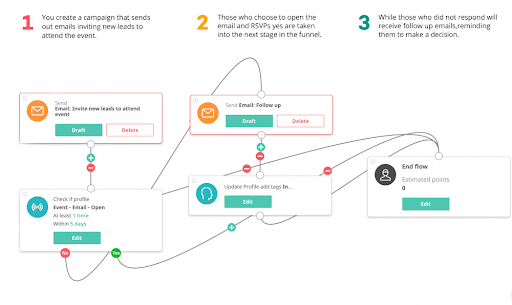
Take, for instance, this automated email flow. Automating the scheduling and response to customer emails makes it much easier to manage large groups of consumers.
If your current CRM system doesn’t come with AI integration, consider integrating AI-powered tools into your CRM strategy. Take involve.me AI form generator, for example.
Create your form with AI
Just paste your URL & click generate
Paste your website's URL, compose a brief prompt, and easily create a form using AI survey generator with your website's branding. You will get this kind of embedded form/survey/ quiz at the end:
Integrate your preferred CRM with an AI form builder for streamlined data synchronization. This is particularly useful when your form acts as a lead magnet, collecting email addresses through offerings like e-books, quizzes, or demo scheduling forms.
✨Check this article on how to automatically send a free e-book to new leads.✨
Create Your Online Form
Start with a pre-designed template
Step 2: Prioritize User Adoption and Training
Your employees play a crucial role in your CRM success. A well-trained team improves system efficiency. Yet, incorporating AI into your CRM can be challenging for employees despite its potential to streamline the system for the future.
In fact, 83% of executives say that the biggest challenge they have is getting their employees to adopt AI-powered CRM technology.
“With CRM software, a good starting point is to have the team start entering their sales contacts. Once they have fully incorporated this process, start tracking sales with the new system,” says James Wong, CEO of Avidian Technologies.
Step 3: Get More Customer Insights
Finally, let's think creatively about where you find consumer information.
With numerous online channels for interaction, there are chances to gather new data from various sources. This may include social media engagement, customer service tickets, and membership actions. A robust CRM system can efficiently gather a wealth of information from a single customer.
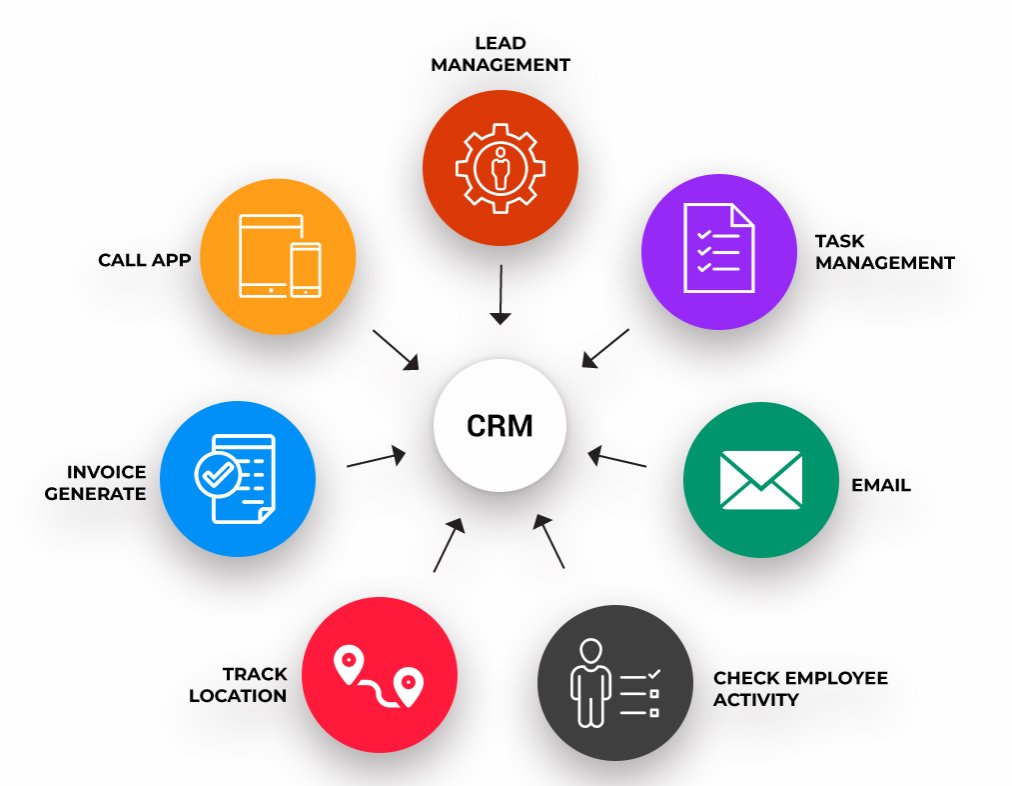
The crucial step is to incorporate artificial intelligence into your data harvesting process. Use AI-powered tools like Chat GPT and Browse AI, renowned for monitoring diverse consumer data sources.
Maximizing the input of this information into your CRM will paint a clearer picture of consumer interests and vulnerabilities. This not only benefits your sales team but is crucial for enhancing targeting efforts when shared with your marketing team. Consumer data can help inform your online SEO strategy and help your marketing team optimize content to target the right leads.
2024 and Beyond
Opting for AI-powered CRM software provides a comprehensive understanding of every customer engaging with your brand. If a new CRM investment isn't feasible, integrate your existing CRM with AI tools like a form builder, chatbots, or AI email marketing.
With 47% of businesses planning increased investment in help desk and customer service software in 2024, a robust CRM system is vital for an effective hands-on sales strategy.
As we embrace sentient CRM and the rise of analytic automation, a future of fully managed sales teams is just a few steps away!
